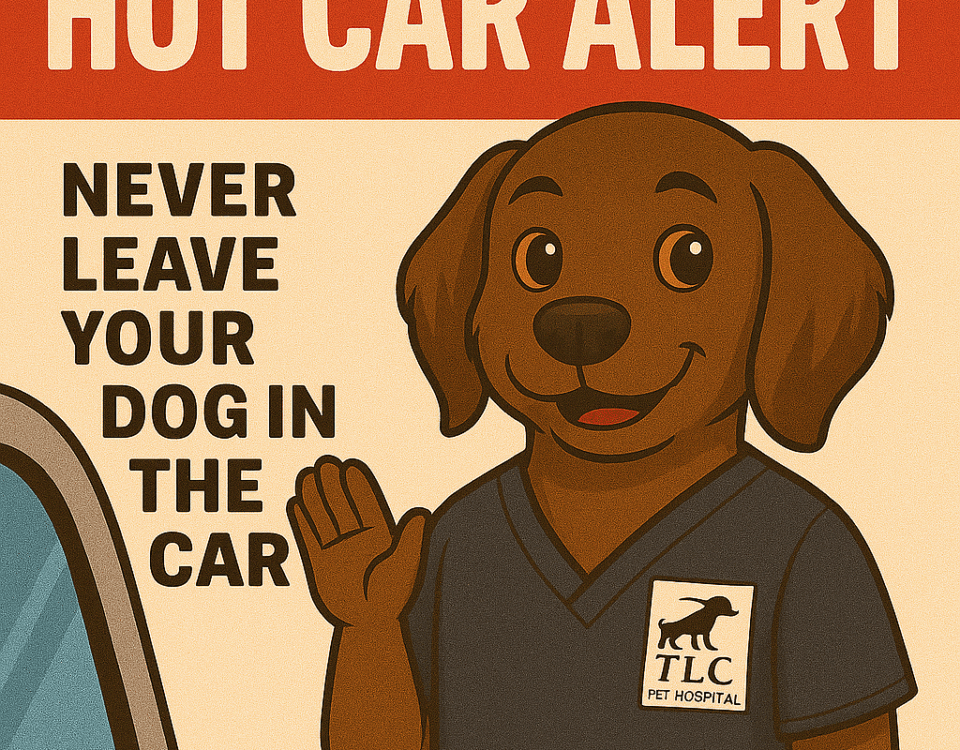End Of Life Care – FAQS
May 19, 2015
A Poison Safe Home
May 26, 2015Designer collars, faux-mink coats, doggie donuts―you may love the novelties, but do your pets really need ‘em? The bucks we spend on those little extras for our animal companions add up.
“A tremendous amount of the growth in pet industry sales have probably been due to things people don’t really need for their pets,” says Dr. Stephen Zawistowski, ASPCA Science Advisor. While it’s great to pamper Fifi and Fido, it’s also important to budget for the essentials. Otherwise, that couture pet carrier could leave you with empty pockets when the emergency veterinary bills come.
We checked in with Dr. Z. for his take on easy ways to cut pet care costs. “The basics are still the same,” he says. “Quality food, litter for cats and good medical care.” Bottom line? Stick with the basics, and remember—preventative measures are excellent money savers!
- Go to the Vet! “A number-one money-saver is preventative veterinary care,” says Dr. Z. Annual veterinary exams can catch health crises early on and can save you a lot of time and money. This includes heartworm preventative treatment, flea and tick control, and a thorough check-up of your pet’s gums, teeth, heart, lungs and internal organs. If it’s been a year or more since your pet has seen a vet, make that appointment today!
- Give Your Pet Regular Check-Ups
Weekly home checkups are a great way to nip potential health problems in the bud.- Check under your pet’s fur for lumps, bumps, flakes or scabs. Check your pet’s ears and eyes for signs of redness or discharge. Make note of any changes in her eating or drinking habits. If something seems off, call your vet right away.
- Learn how to clean your pet’s ears, especially if your dog is prone to ear infections.
- Brush your pet’s teeth regularly with a toothpaste formulated for pets, and check his gums. In some cases, this can help prevent the need for dental cleanings, which can run up to $200 per visit.
- Check your pet’s breath. Bad breath can indicate a digestive problem that’s better dealt with sooner rather than later
- Vaccinate Wisely
“Although certain vaccines are required by law, there is no longer automatically one policy for all animals,” says Dr. Lila Miller, Vice President, ASPCA Veterinary Outreach. “Veterinarians are now advised to assess each individual animal’s risk of exposure when designing a vaccination program.” So before subjecting your pet―and your wallet—to general vaccinations, ask your pet’s vet which vaccines he or she recommends. - Spay/Neuter Your Pets
“Spaying and neutering your pet will have a dramatic impact on their health,” says Dr. Z. “For females, it dramatically reduces the potentiality for breast cancer, and ovarian and uterine cancer disappears.” Neutering also reduces chances of testicular cancer in males. Not only will spaying or neutering save you on future health care, but it will significantly diminish your pet’s desire to wander―and will save you the surprise of an unplanned litter. - Invest in Training
“A lot of people don’t think about dog and cat training as a way to save money,” observes Dr. Z, “but a well-trained dog will be easier to walk, will be calmer in most situations and will be less likely to get into things he shouldn’t.” Teaching your dog to stay by your side and to come when he is called proves far cheaper than paying for expensive emergency care caused by his running off―possibly into the street―and eating items that he shouldn’t. - Consider Pet Insurance
“One of the reasons why medical care has become so expensive,” explains Dr. Z, “is the recent growth spurt of procedures your pet can undergo―MRIs, cat scans, cancer treatments. Kidney transplants, though life-saving, are a $15,000 surgery that also typically requires the pet owner to adopt the donor animal.”Accidents, too, can be costly. Pet insurance is one way to take some sting out of the bill. The cost of a policy typically runs about $300-$400 per year and many cover both regular and emergency visits.
- Save Up for the Future
Pet Emergencies
Invest the money you spend on toys and extra snacks into a fund for possible emergencies, and deposit a fixed amount into it every two weeks. If no emergencies arise, you’ll be all the richer, but if something does come up, money will not stand in the way of getting your pet the care she needs.Elderly Pet Care
The great news is that pets are living longer, thanks to better nutrition and veterinary care. But this often entails more frequent trips to the vet, blood screenings tests, special food and medication. “Very often you see people bringing older pets into shelters because they are confronted with bills they can’t manage,” says Dr. Z. You can avoid an ambush of sudden bills by saving up while your pet is young.End-of-life care
Caring for your pet at death could cost between $300 to $1,000, depending upon the services you choose. Some insurance policies cover the cost of euthanasia and cremation, but it is a smart idea to put aside a savings account that will cover those bills. This way you won’t have to haggle when the time comes. - Serve Healthy Food in Moderate Portions
Buy premium-quality food
“Buy a good, premium-quality dog or cat food,” advises Dr. Z. “Don’t go crazy,” he says, but remember that cheaper foods will set you back in the end. They are full of less digestible filler material and artificial colors that offer no nutrients and can contribute to allergies and digestive problems. A high-quality, age-appropriate food results in a healthy coat, more energy and fewer costly trips to the vet.Don’t overfeed
This includes resisting the urge to spoil your pets with too many treats! “You don’t need to feed your pets as much as people do,” Dr. Z. reminds us. “One of the things we’re confronting is a huge obesity problem. Serving moderate portions not only saves you money on food ―it also reduces the likelihood of obesity.” - Shop Around
Pet Supplies
Buy supplies online or in bulk. Just keep in mind that it’s wise to get product recommendations from your vet first. Online or store-bought products that you know nothing about could prove to be harmful or of poor quality. And if you rotate your pet’s toys, they’ll stay interested without you having to buy new ones every few months. - Groom Your Pets at Home
- Save the price of a visit to your groomer with regular brushings. While you’re at it, you’ll reduce the hair around your home and your cats will have fewer hairballs.
- Trim your pet’s nails on a regular basis. It’s not hard to do, and you’ll likely save yourself the cost of new furniture and curtains.



